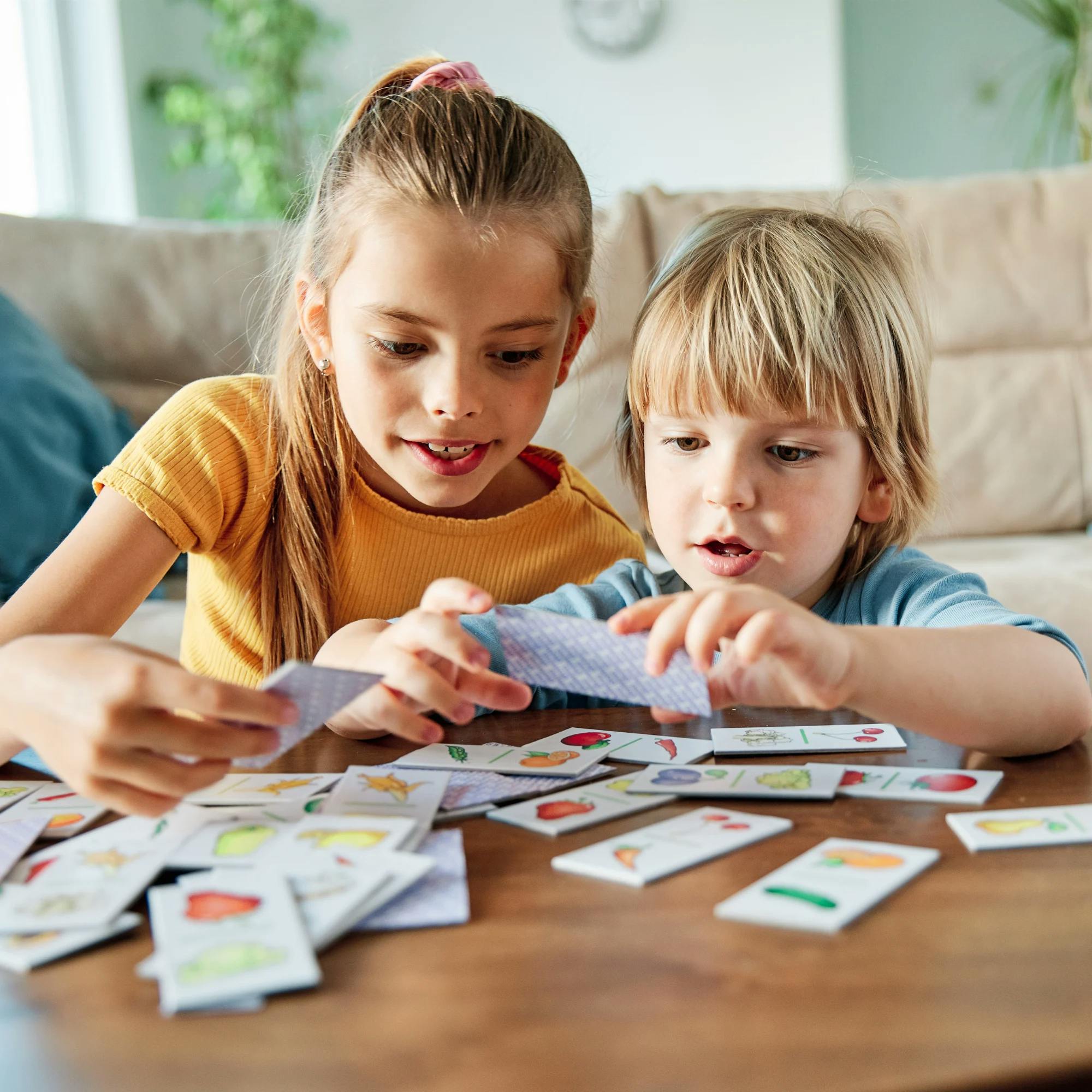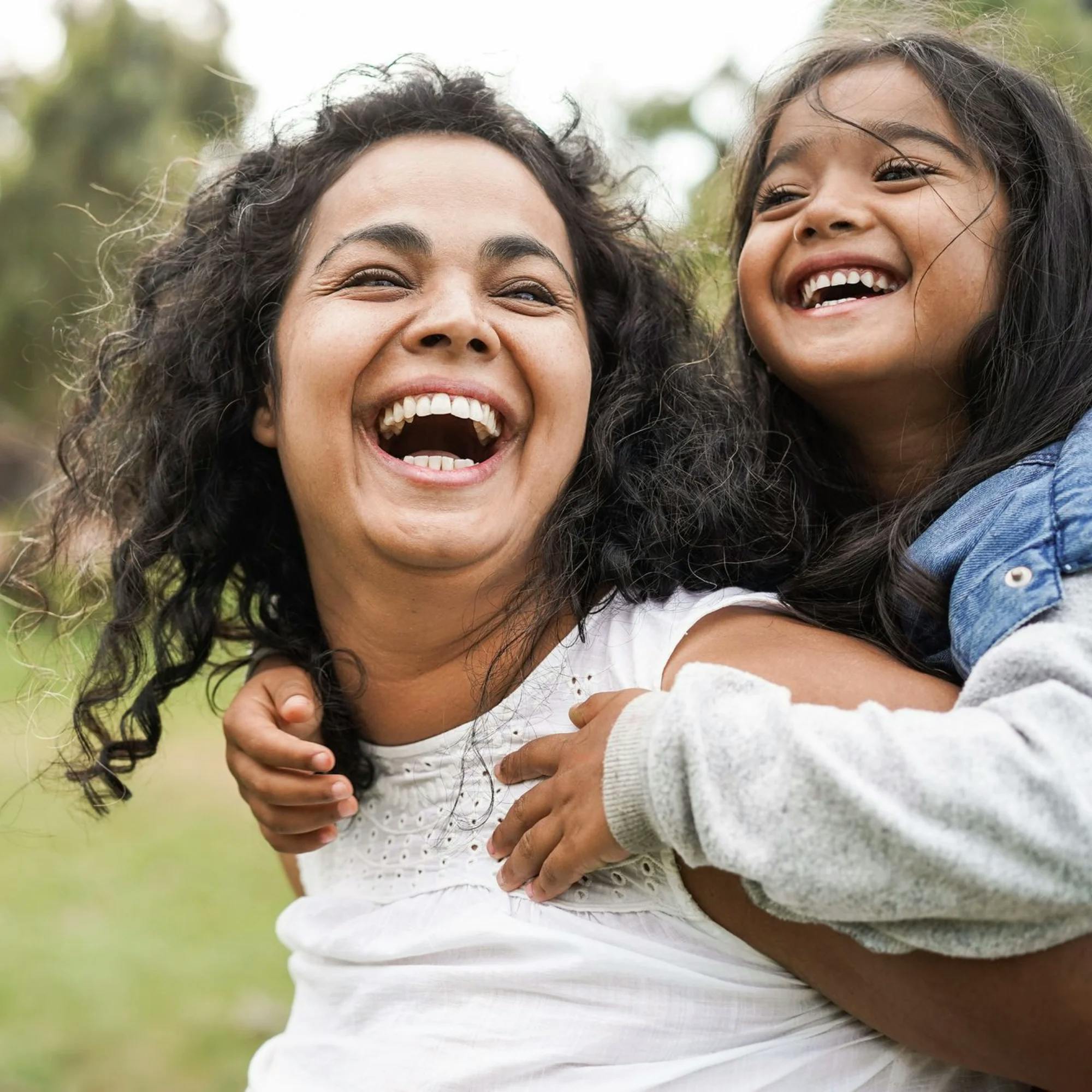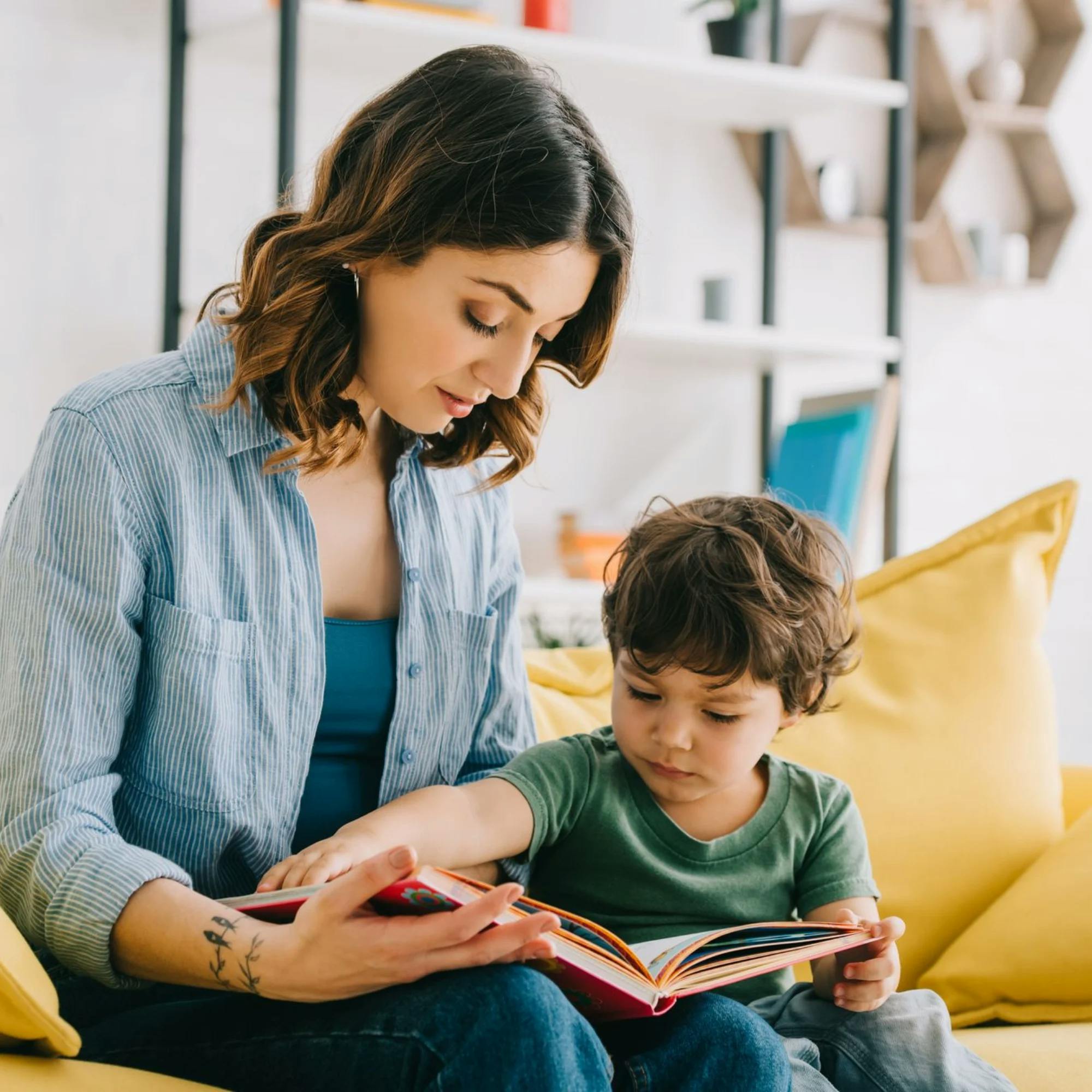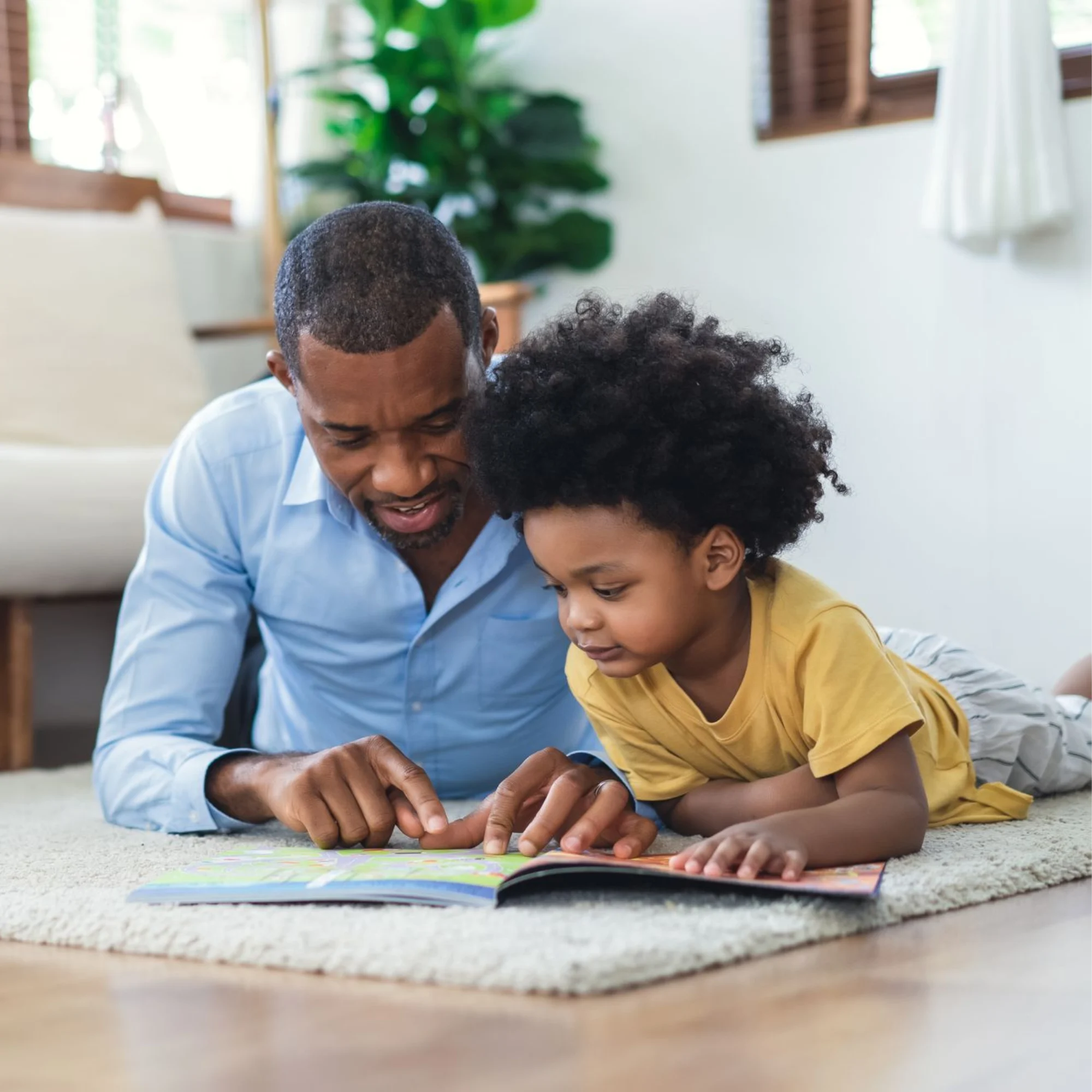
How to Improve Your Child's Conversation Skills
 Abby Barnes, M.S., CCC-SLP
Abby Barnes, M.S., CCC-SLP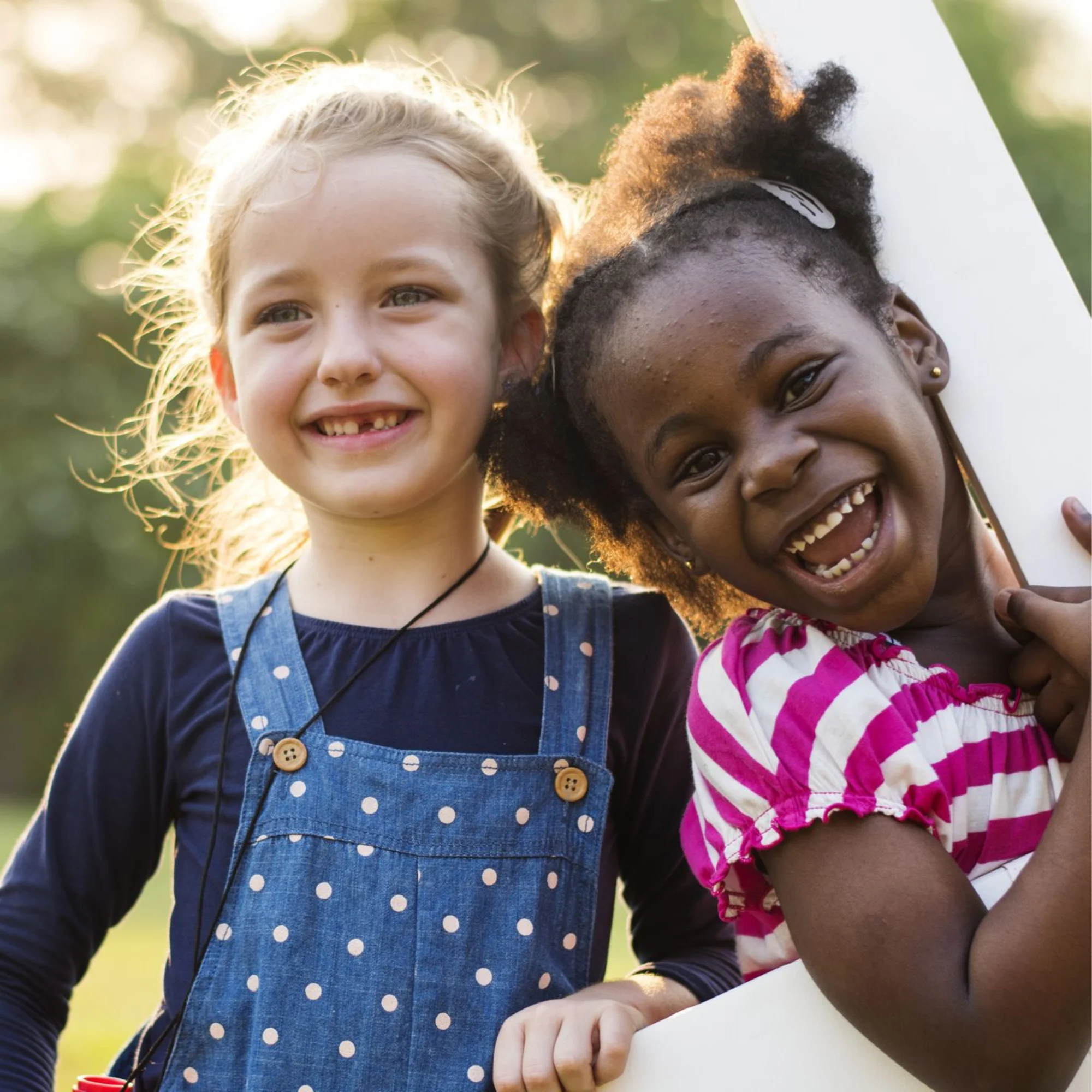
Conversation is what connects us all together. Holding a conversation with your child is one of the most rewarding parts of being a parent or caregiver! But there are many aspects of social language, or social communication, that need to fit together in order to make the exchange flow smoothly.
If your child seems to have a tough time with conversations, read on to learn how you can help them.
What is conversation?
A conversational exchange is the natural, back-and-forth flow of communication between two people. If one person makes a comment or asks a question, the other person responds appropriately.
Conversation can happen with a variety of people, and in a variety of settings. We want conversation to be two-sided, with both people actively listening and engaged. When each person is contributing to the conversation, connections form and relationships develop.
We want conversation to be two-sided, with both people actively listening and engaged.
Child learn to hold more mature conversations the same way they develop their speech and language skills: by absorbing information around them and interacting daily with family members and peers.
Take a minute and think about your child’s conversational abilities. If social communication seems tough for them, there are techniques you can use at home to help build these skills. In some cases, speech therapy for “social pragmatics,” also known as social communication or social language, can be a big help. The goal is for your child to become the confident communicator they were made to be!

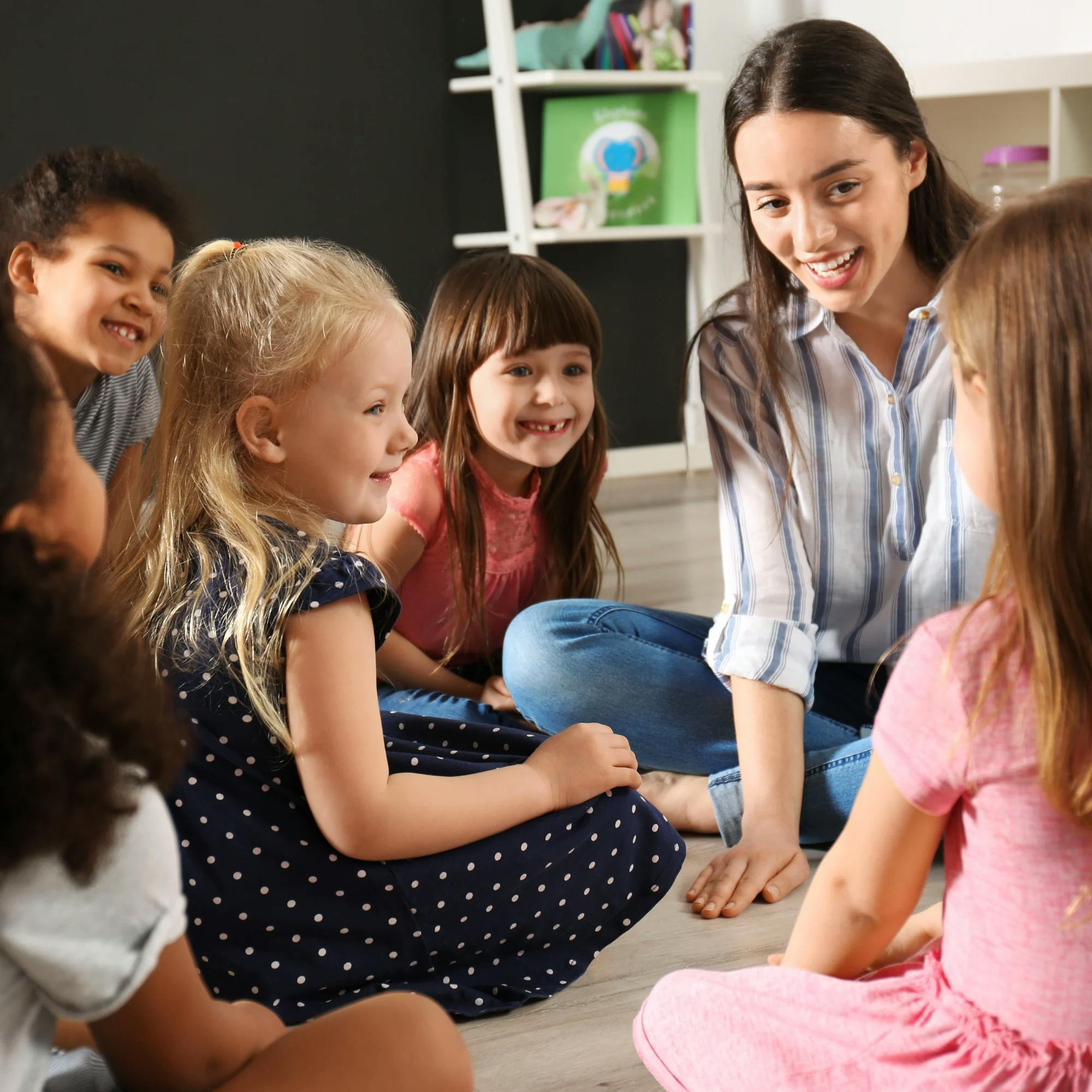
Teaching your child to greet others
Most conversations start with a greeting. A simple “Hi!” or “Hey friend!” communicates to another person that we want to speak to them. While this may sound obvious, it can take some practice for children to realize this is how conversations are started.
If your child struggles with greeting others, it can be a large roadblock in conversation skills. Fortunately, there are many ways to help your child work on greetings.
You could take your child to the park, playground, or library and let them practice greeting other children their age. You could also give your child a simple challenge to say "hello" to five new people at school that day.
Make sure to give your child lots of encouragement along the way. These tasks can feel a little scary, especially for kiddos who are shy. You’ll want to recognize and acknowledge just how hard they're working.


Teaching your child how to start a conversation
Beyond the greeting, some children struggle to fully begin a conversational exchange. Talk with your child about general opening questions they can use to start talking with a friend. Here are some examples:
“How are you?”
“How was your weekend?”
“How’s your day going?”
You can also practice some conversation starters specific to where your child is throughout their day. If your child is at school, they could practice asking their friends questions related to a shared activity. It could be something like, “What did you think of our last test?” or “What did you bring for lunch today?” Brainstorm some questions your child can keep tucked away to use in these situations.
Another helpful tip is to role-play with your child. Pretend that you're their friend or teacher, and practice having them ask these questions. Practicing together in a safe place helps your child build confidence in their conversation abilities!

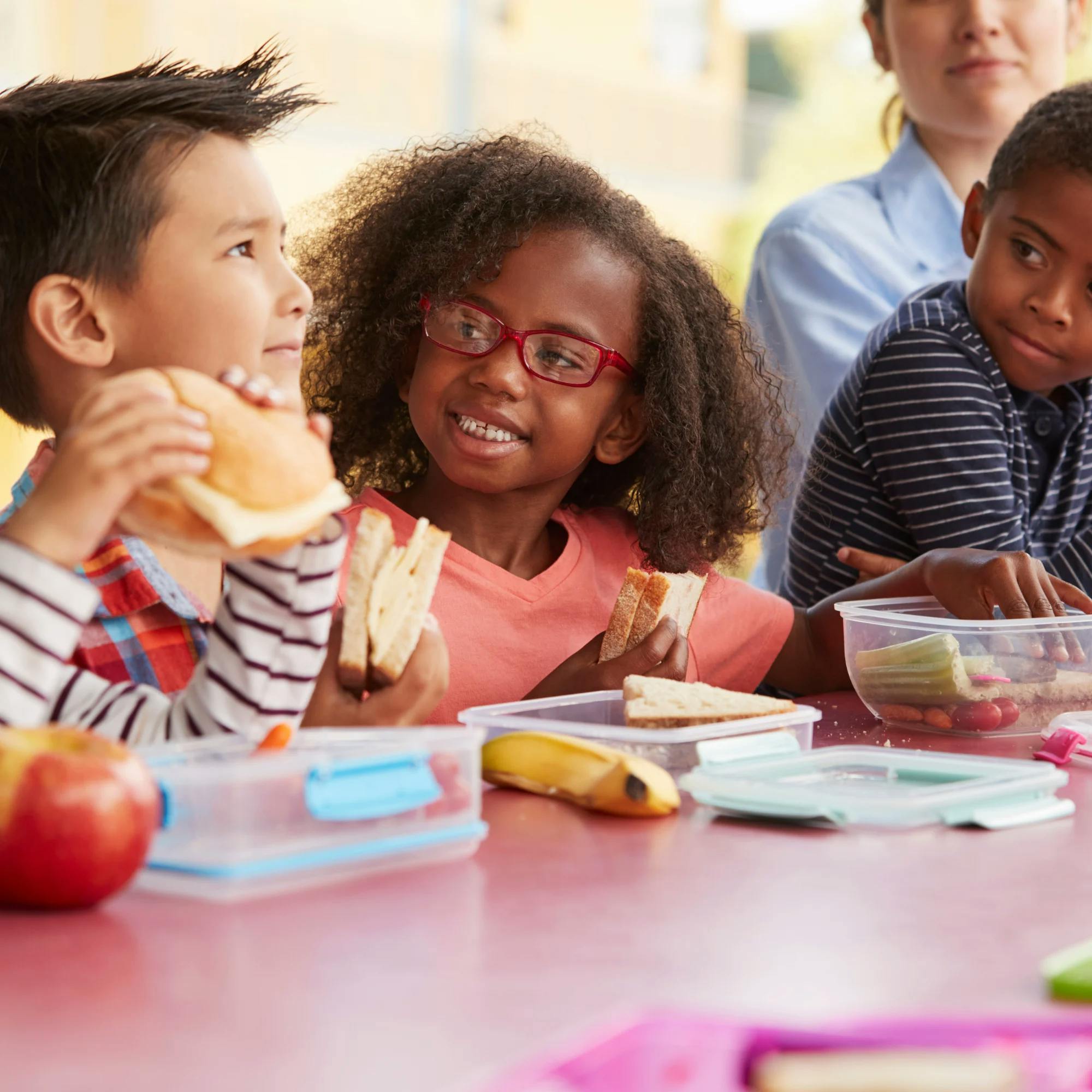
Teaching your child to stay on topic
Speech flows smoothly in conversation when comments and questions are all linked together. For example, if a child is talking to a friend about their last soccer game, and the other child responds with a comment about their favorite food, that comment isn't on topic. It can make the conversation feel choppy, and the other person may not be sure how to respond.
Staying on topic, or "topic maintenance," is one of the most important unspoken rules of communication. It's also vital to a child's social language development. When we speak with other people, we expect that they'll respond to the topic presented, instead of going off in another direction and talking about whatever comes to mind.
Spend some time talking with your child, and pay attention to their comments. If staying on topic during a conversation is hard for them, be sure to practice this important skill.


Helping your child answer questions in conversation
A big part of a child's expressive language is their ability to answer questions. We answer questions every day, for social purposes (such as when a friend asks how we're doing), for functional purposes (such as telling somebody what we'd like to eat), and even for emergency purposes.
Another road bump that may cause problems with conversation is the ability to answer questions. Some children have trouble understanding how to answer different types of questions. Many times these questions begin with What, Where, When, Why, and Who.
As you speak with your child, pay attention to how they answer questions. Here’s an example of a conversation and an incorrect response that could happen. If you ask your child, “Who did you eat lunch with at school today?” and your child replies with, “I had a peanut butter and jelly sandwich,” then likely your child thought you were asking “What” they ate for lunch, not “Who” they ate with.
Children frequently mix up questions like these. Spend some time practicing "WH-" questions in nonconversational activities so your child can learn how to respond. Over time, you can build the difficulty level to conversational activities.


Helping your child with body language
Did you know that conversational skills can improve without using any words? It might sound strange, but it's true. That's because much of what we communicate isn't said verbally but conveyed through nonverbal body language.
It's important to be able to understand nonverbal communication. This way we can understand the meaning of what someone is trying to say, even if they don't come right out and say it. Picking up on nonverbal cues is a social skill that some kids need extra help learning.
Alex's story
Just a few months of therapy led to big gains in speech sounds and conversation. Now, he can better express himself with teachers and friends.
 Read Alex's story
Read Alex's storyHere's a quick list of body language that's often used in conversation:
Smiling
Eye contact
Nodding head in agreement
Facing the conversation partner
Limiting distractions, such as not checking our phones or looking around
This type of body language allows the conversation partner to feel like they're being listened to and appreciated. It improves the flow of conversation, too.
For some quick practice with your child, review the importance of nonverbal language. You can even show your child the opposite of these positive nonverbal examples of body language. For example, when speaking with your child, try turning away, not making eye contact, or crossing your arms. Then, ask your child to identify what you did wrong during the conversation.
To increase the challenge, combine negative body language with positive words and see if your child can spot the difference. For example, tell your child, “I had a great day!” but say it with a frown. Then ask your child, "Do you think I really mean I had a good day?" Hopefully they'll catch on and be able to identify the true meaning of your statement. This can be a silly but effective way to drive this point home!


How do you know if your child needs speech therapy for social communication?
Just like some children may need physical therapy to learn how to walk, others may need speech therapy to help with communication skills. If conversations remain tricky for your child, they may benefit from speech therapy for social pragmatics, also known as social communication or social language. Social pragmatics refers to how we use words, body language, and voice inflection–not only to communicate what we need to say, but also to understand what others are trying to express to us.

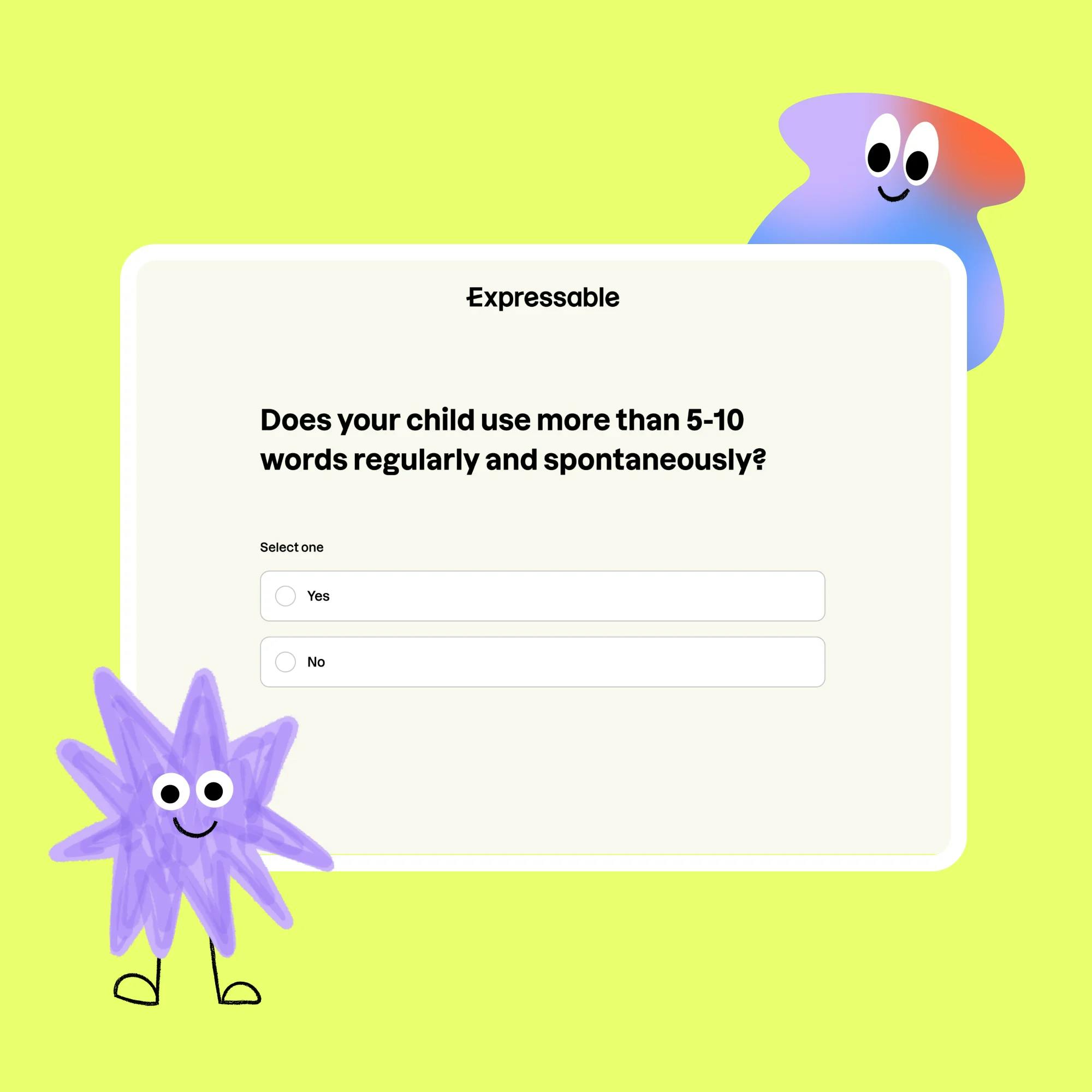
If you're concerned about your child's social communication skills, contact a speech therapist for an evaluation. If therapy is recommended, your speech therapist will create a treatment plan with goals specific to your child.
Speech therapists use different types of activities to target social communication goals during sessions. For example, your therapist may show your child a picture of a social scene and tell a story about what’s happening with the characters. They may ask your child to point out something a character said that wasn’t appropriate, or how the character should have responded.
Speech therapy may also focus on general conversation skills. The therapist may start off by engaging the child in conversation about things they like to talk about. They can then move to harder tasks, such as helping the child learn how to ask and answer questions on less familiar topics, or how to easily switch from one topic to another. Social language affects how we form relationships and communicate with people every day. Don't hesitate to talk with a speech therapist if you think your child could use some help in this area!
How Expressable Can Help
Concerned your child isn't reaching age-expected milestones? Looking for communication support from a professional? Expressable is a national online speech therapy practice serving children and adults. We treat all major areas of communication and feeding, offer flexible hours including evenings and weekends, and accept most major health insurance plans. We’re proud to have earned more than 3,000 5-star reviews from our clients (4.9/5 average).
Our therapy model is centered on parent and caregiver involvement. Research proves that empowering caregivers to participate in their loved one’s therapy leads to better outcomes. That’s why we combine live, 1-on-1 speech therapy with personalized education and home practice activities for faster progress.
Communication is more than words. It’s how we share how we feel and show who we are. We’re here to help you or your child do just that.




